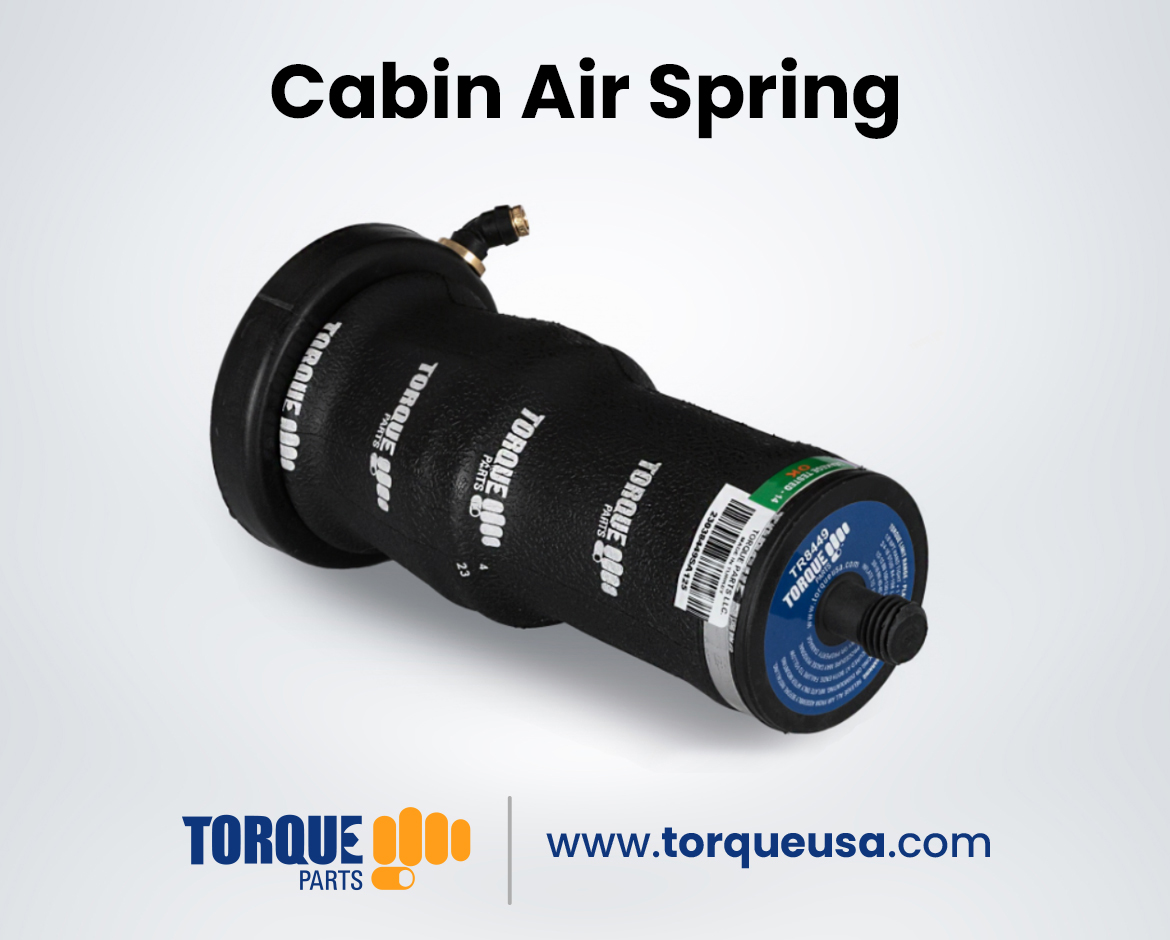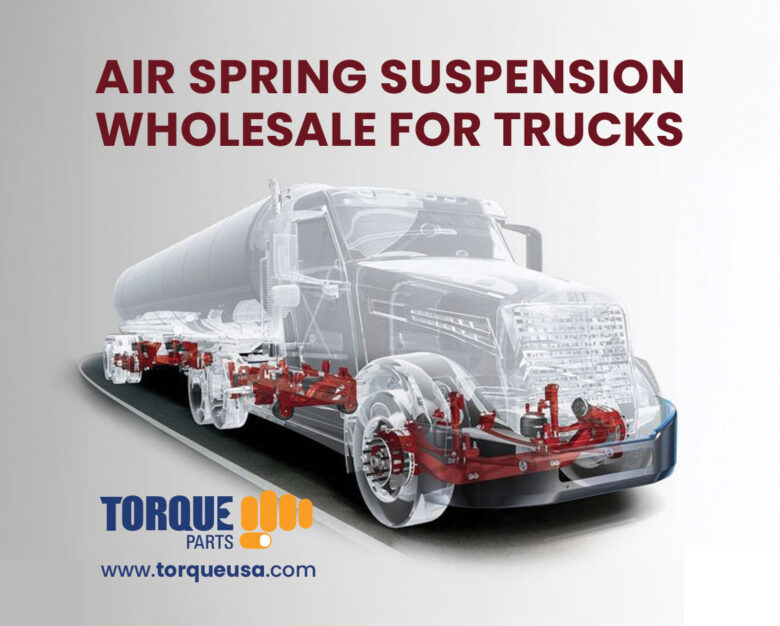
Trucks play a vital role in various industries, serving as the basis of transportation for goods and materials. As these heavy-duty vehicles navigate diverse terrains and endure long hours on the road, ensuring the comfort and well-being of the driver becomes paramount. One often overlooked yet crucial component contributing to a smoother ride is the cabin air spring.
Understanding Cabin Air Springs
Cabin air springs are a fundamental part of a truck’s suspension system, designed to provide cushioning and support to the cabin, where the driver spends extended hours. These air springs work with traditional suspension components to absorb shocks and vibrations, offering a more comfortable driving experience.
Comfort and Driver Well-being
Long-haul truck drivers face the challenge of spending extended periods behind the wheel. The constant jolts and vibrations from the road can lead to fatigue, discomfort, and even health issues. Cabin air springs play a pivotal role in mitigating these effects by isolating the cabin from the vibrations transmitted through the chassis. This not only enhances comfort but also contributes to the overall well-being of the driver.
Improved Stability and Handling
Beyond comfort, cabin air springs contribute to the stability and handling of the truck. By effectively absorbing shocks and vibrations, they help maintain proper contact between the tires and the road surface. This results in improved traction and better control, especially in challenging driving conditions. Whether navigating rough terrains or encountering unexpected obstacles, trucks equipped with reliable cabin air springs exhibit enhanced stability and handling.
Adaptability to Varied Loads
Trucks often transport variable loads, and the weight distribution can impact the vehicle’s performance and ride quality. Cabin air springs are designed to adapt to different loads, maintaining a consistent ride height and preventing the suspension from bottoming out. This adaptability ensures optimal performance regardless of the cargo being carried, adding a layer of versatility to the truck’s capabilities.
Reduced Wear and Tear
The constant pounding on the road can take a toll on a truck’s components. Cabin air springs act as a buffer, absorbing a significant portion of the shocks before they reach the cabin and other critical parts of the vehicle. This results in reduced wear and tear on the suspension system, leading to longer component lifespan and ultimately lower maintenance costs for truck owners.
Environmental Considerations
In addition to the performance benefits, cabin air springs contribute to environmental sustainability. The smoother ride they provide can lead to improved fuel efficiency as the engine doesn’t have to work as hard to compensate for excessive vibrations. This not only translates to cost savings for truck operators but also reduces the overall carbon footprint of the trucking industry.
Conclusion
Cabin air springs may be an often-overlooked component in the grand scheme of a truck’s design, but their impact on comfort, performance, and longevity is undeniable. As the transportation industry continues to evolve, prioritizing the well-being of drivers and the efficiency of trucks becomes increasingly important. Cabin air springs, with their ability to enhance comfort, stability, and adaptability, emerge as a key player in achieving these goals. Truck manufacturers and operators alike would do well to recognize and invest in the crucial role that cabin air springs play in elevating the driving experience for the unsung heroes of the road.
For detailed information: Cabin Air Spring


